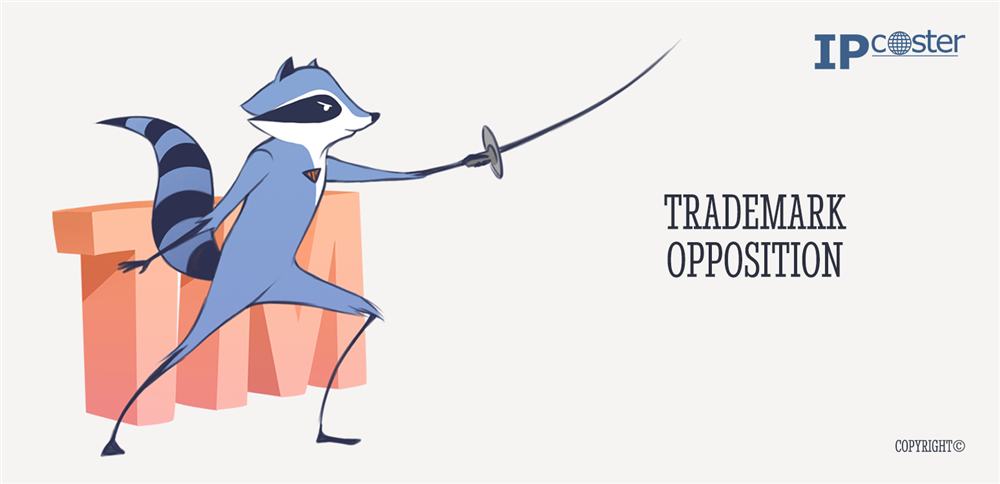IP-Academy

Trademark opposition
One of the key parts of the procedure for the registration of a trademark is the possibility of oppositions to an application.
A trademark opposition is a formal objection, filed by a third party, against the registration of a mark. National and regional trademark laws outline the procedures for the opposition process in each jurisdiction, including the particulars such as opposition terms, documents etc. In many jurisdictions, a trademark application is published once it has been accepted and deemed as registrable by the trademark office. Thereafter, third parties may object to the registration of the mark during a defined period of time on the basis of grounds set forth by the relevant trademark law. This period is otherwise known as the Opposition Period.
There are 2 types of opposition grounds - absolute and relative. Absolute grounds encompass issues with the trademark itself, such as if the mark is not distinctive, is descriptive of the goods/services covered by the mark, or is generic in nature in relation to the goods or services.
Relative grounds rely on the basis that an earlier trademark right exists, and the applied-for trademark conflicts with said earlier right, for example, if it is confusingly similar, or takes advantage of a previous mark’s reputation.
Should an opposition be filed against the registration of a mark, the relevant IPO will typically make an applicant aware of the opposition, and will set a deadline for which a response may be filed. This response will usually comprise either a Notice of Defence and a counterstatement with arguments to defend the application in full, withdrawal of the application, or limiting of the goods or services. This stage may continue to both parties filing further submissions in support of their side, and the IPO will form a decision based upon said submissions. In some jurisdictions, the parties may elect to have the matter heard at a hearing.
One possible outcome is that the opposition is rejected by the IPO. In this instance, the trademark application may then proceed to be registered without issue.
Should an opposition be accepted fully, the trademark application shall be considered withdrawn, and thus will not be registered.
If, on the other hand, the opposition is accepted partially, the trademark applicant may be obliged to amend their mark in accordance with the decision, for example, reducing the list of goods and/or services in the application which were subject to the opposition.
Alternatively, it may be possible to negotiate an amicable solution with the opposing party in order for the application to continue to registration without the need for the matter to be decided by the IPO.
Considering the complex nature of trademark oppositions, it is important for both applicants and potential opposing parties to be aware of all particulars of the trademark opposition procedure. If you have any questions regarding the trademark opposition process, or require the assistance of a trademark attorney, feel free to contact us.